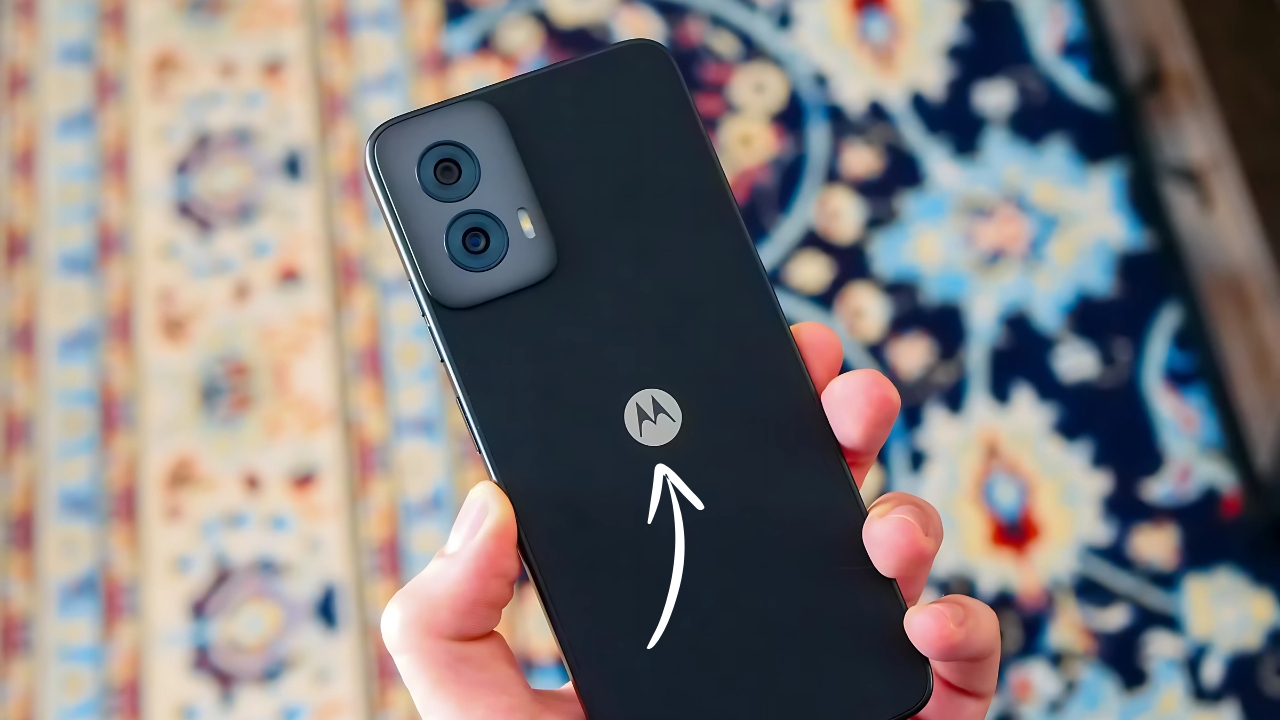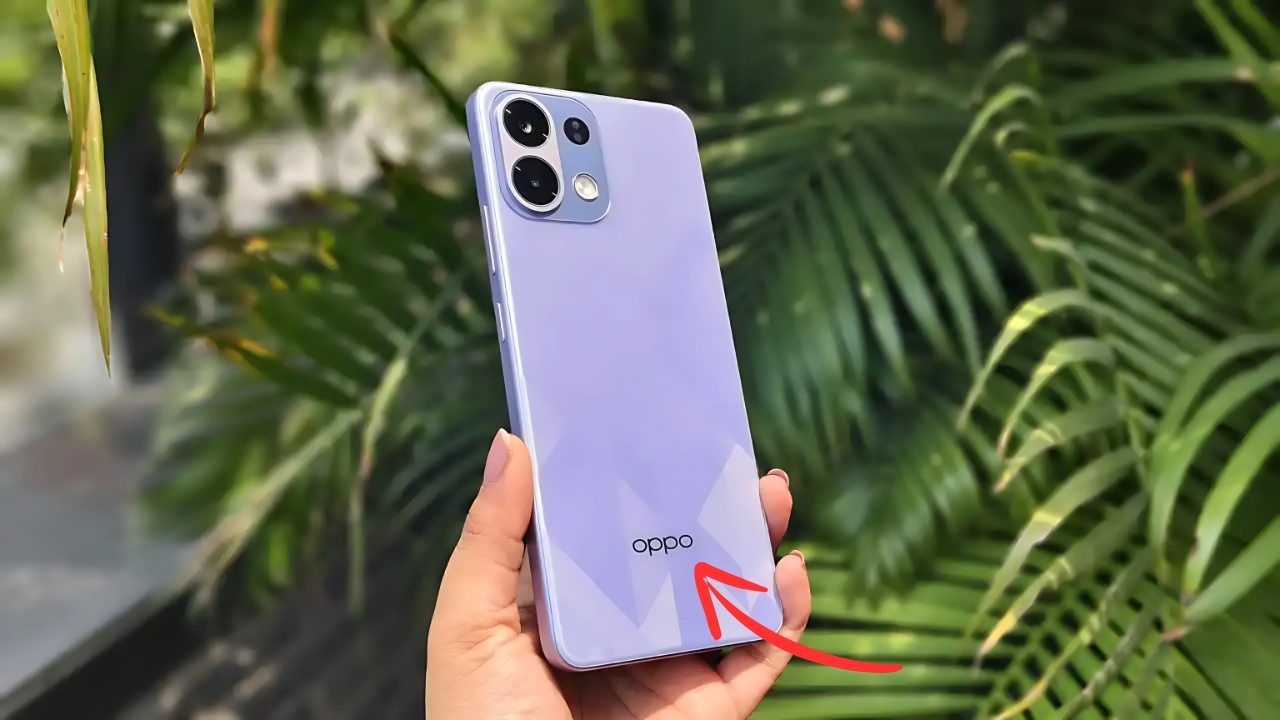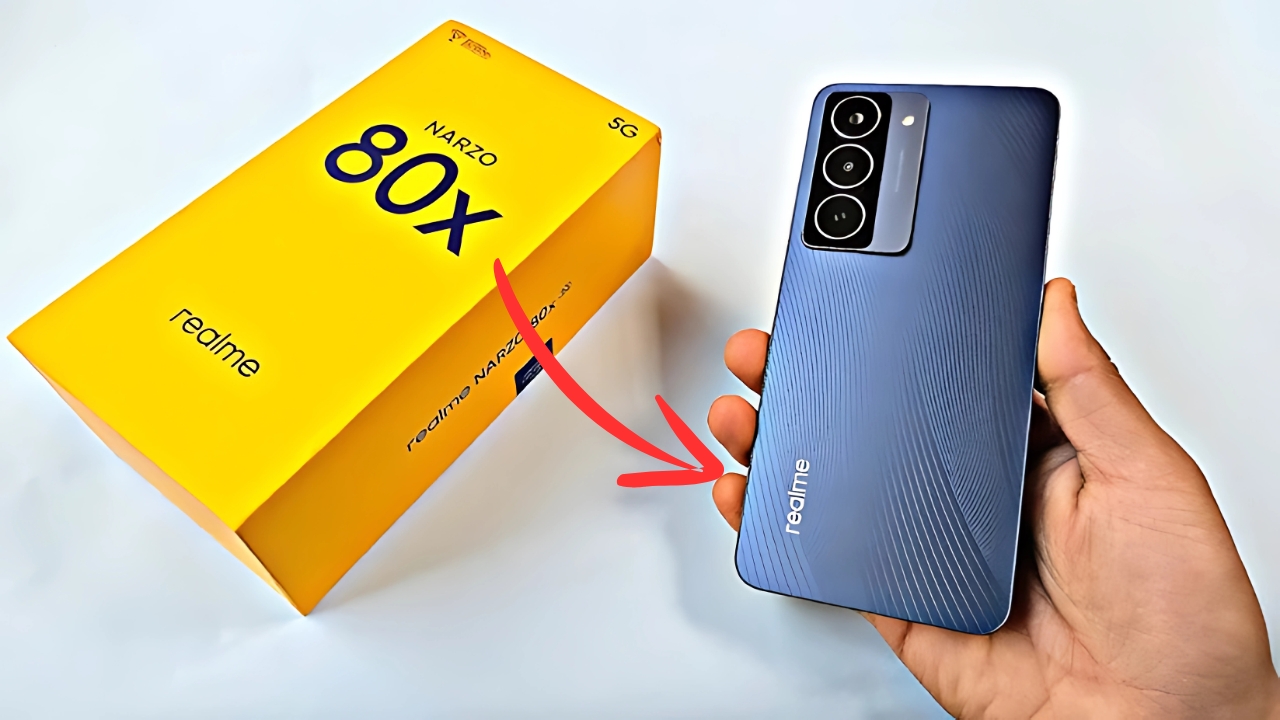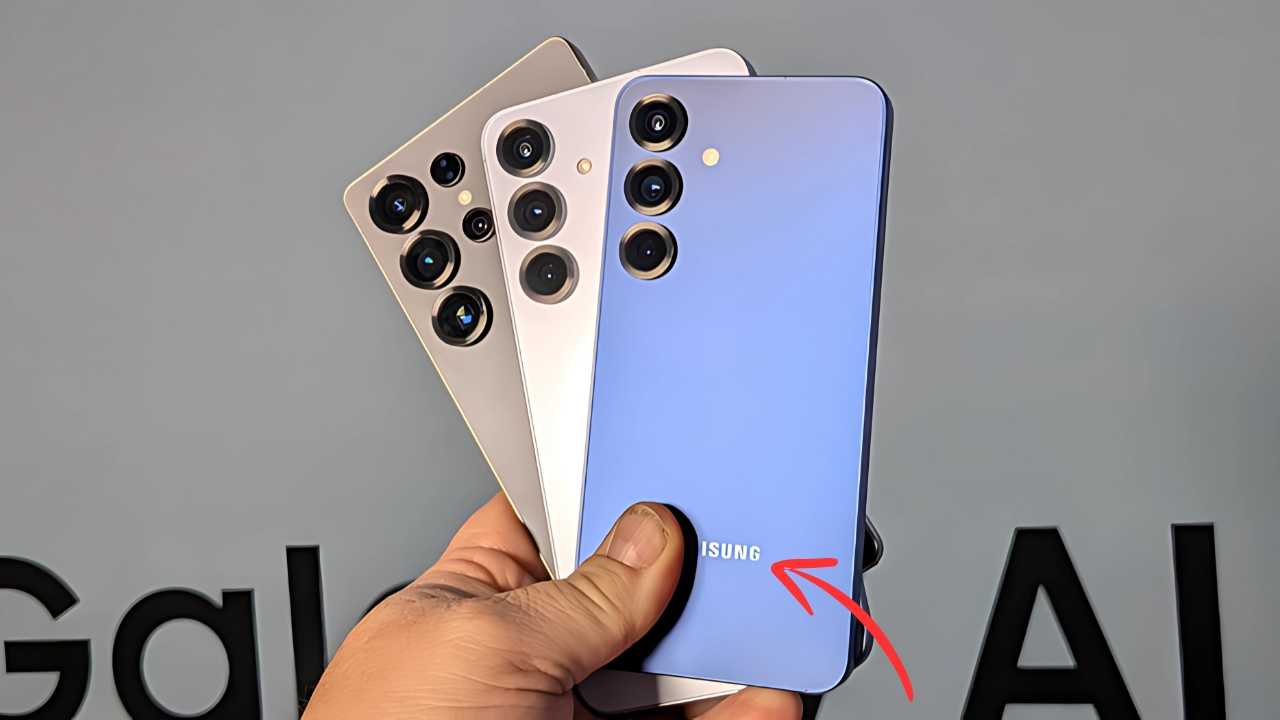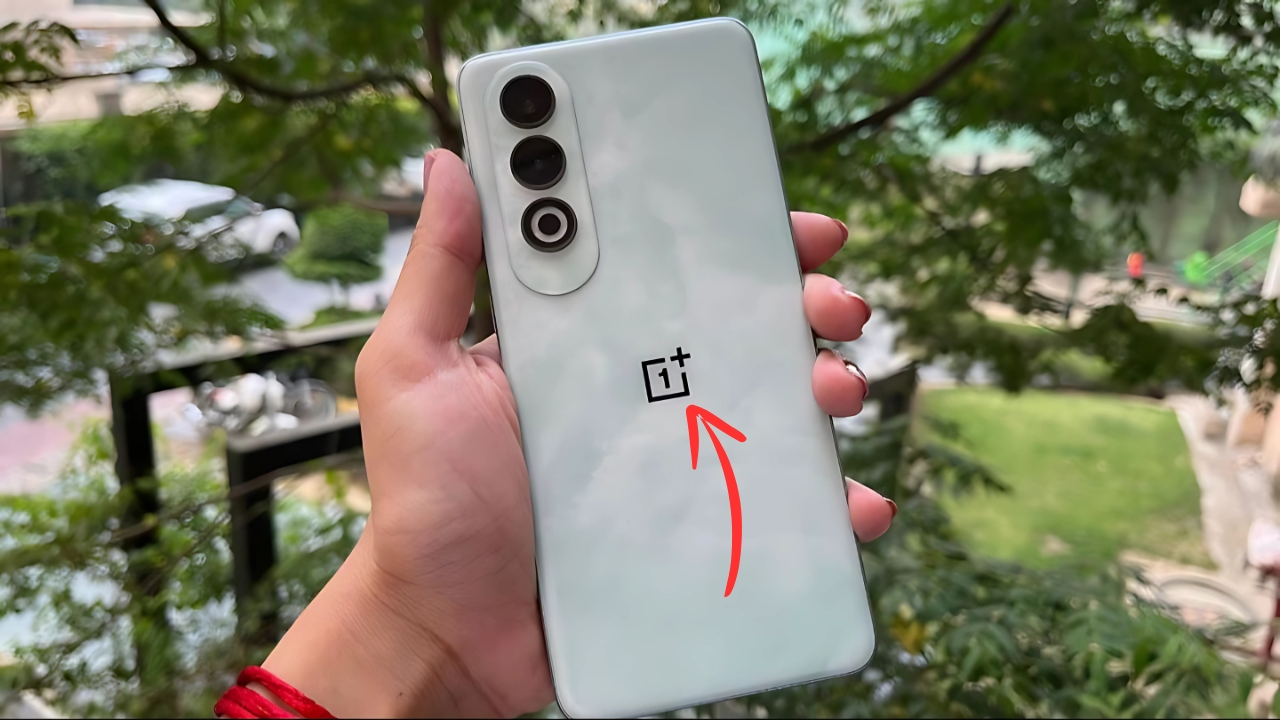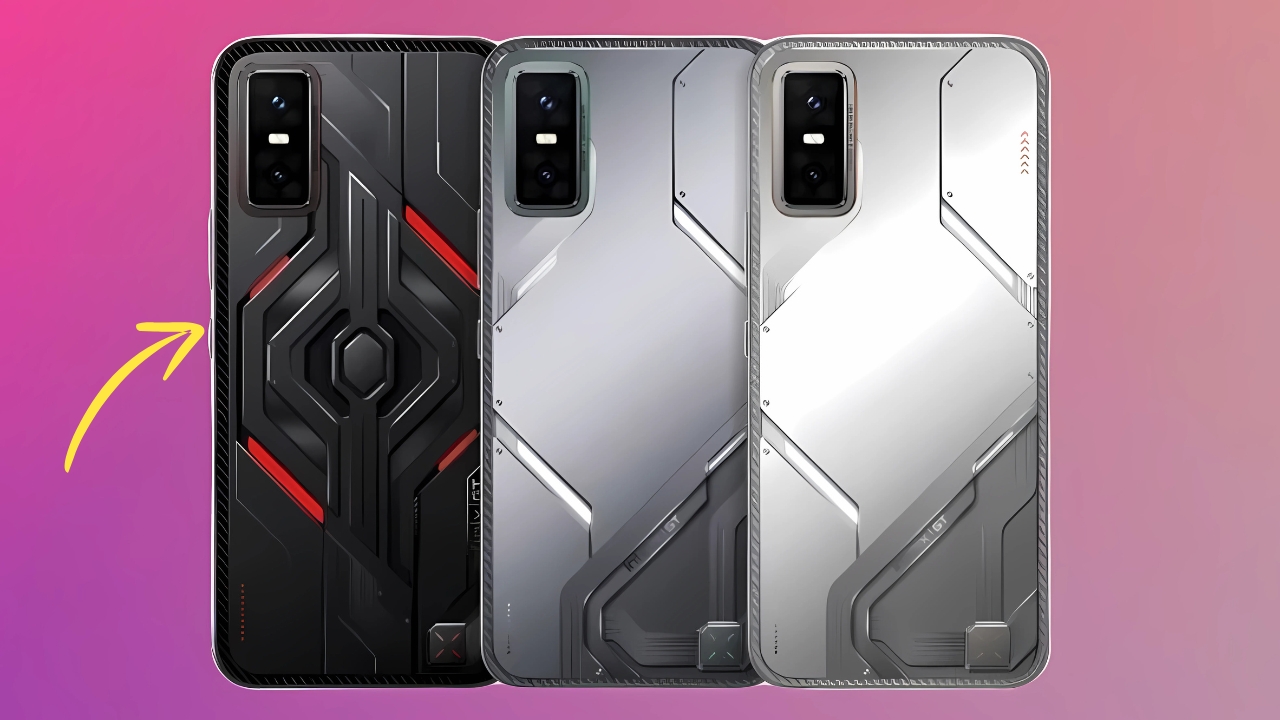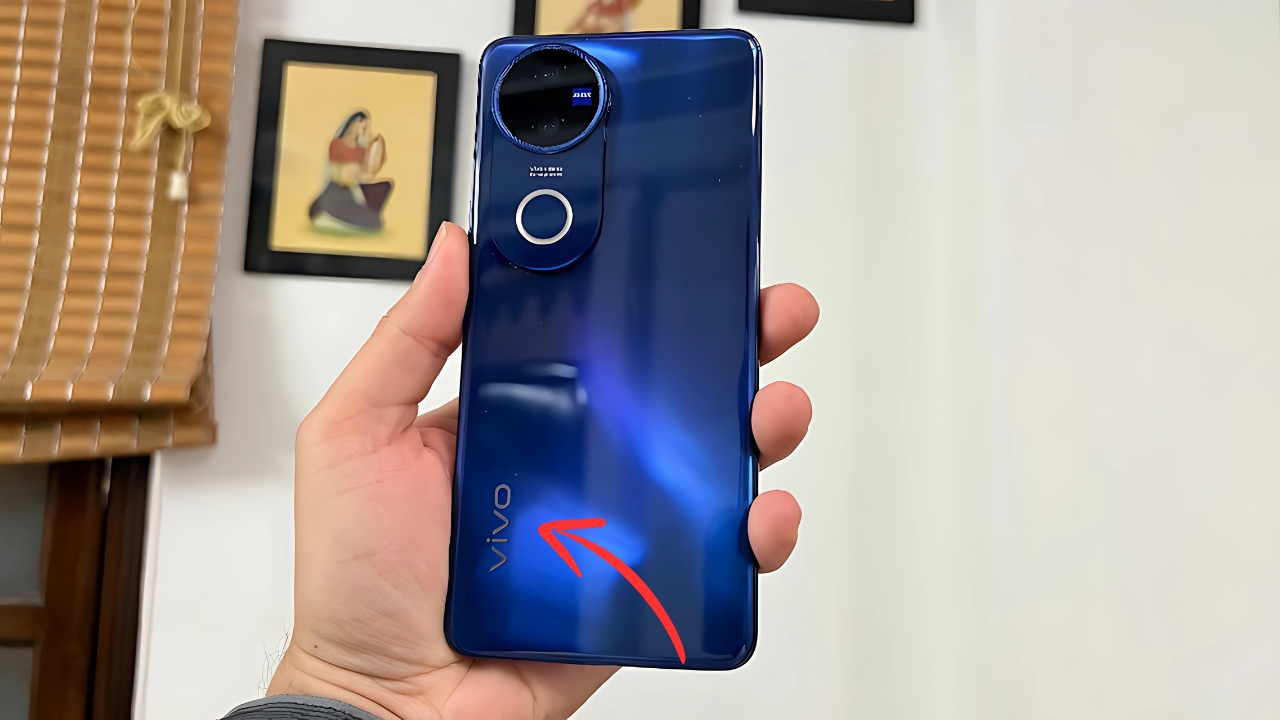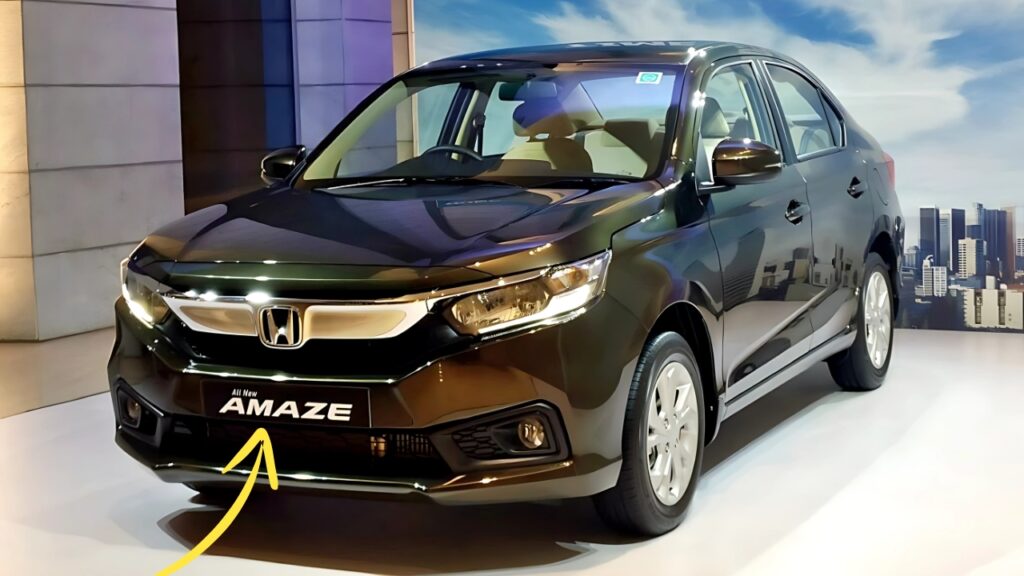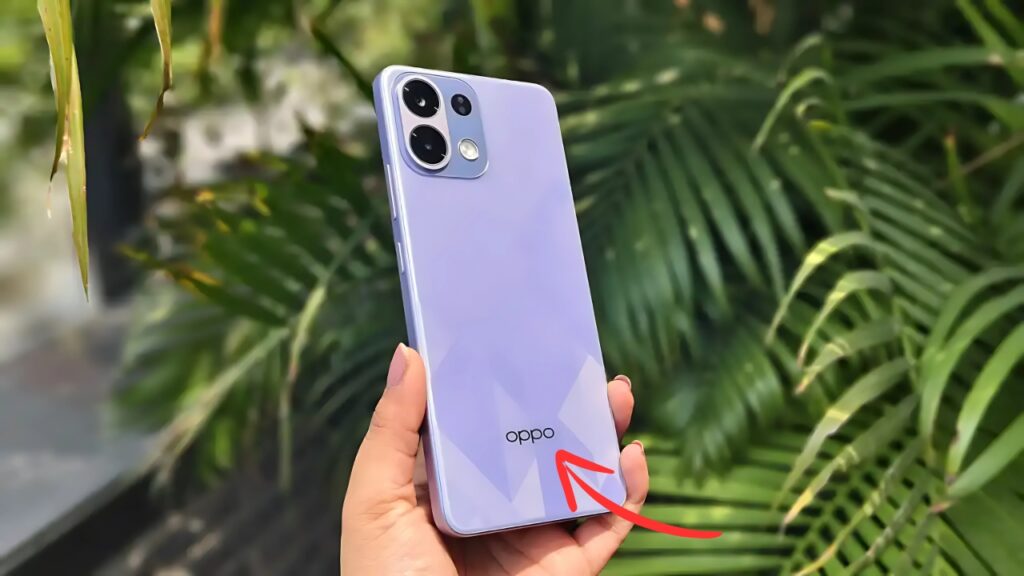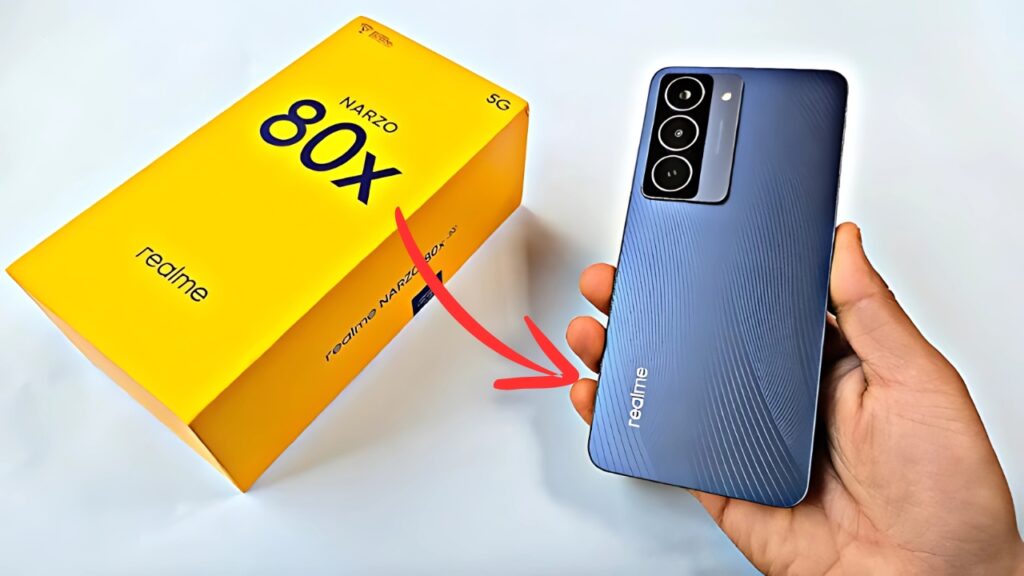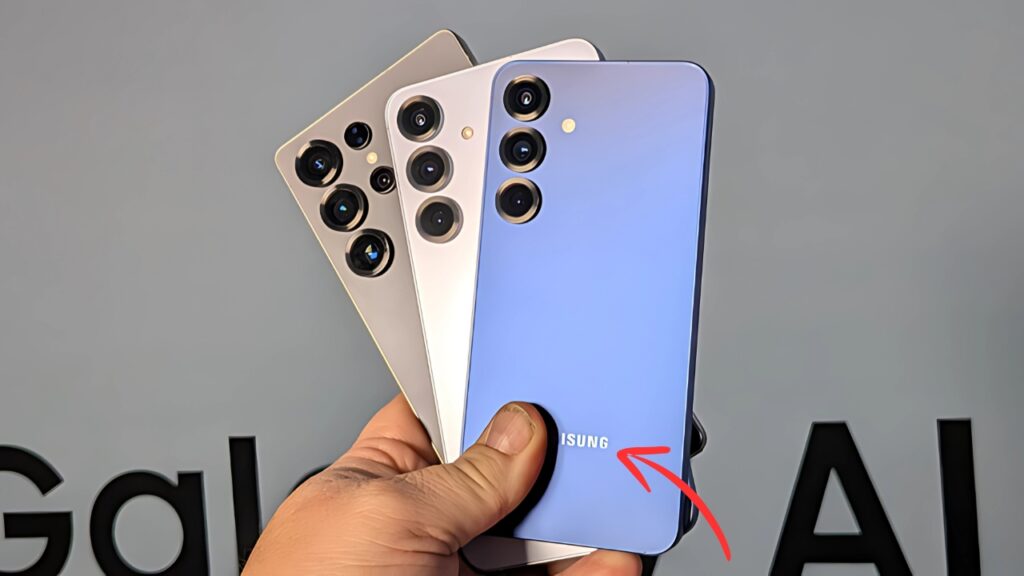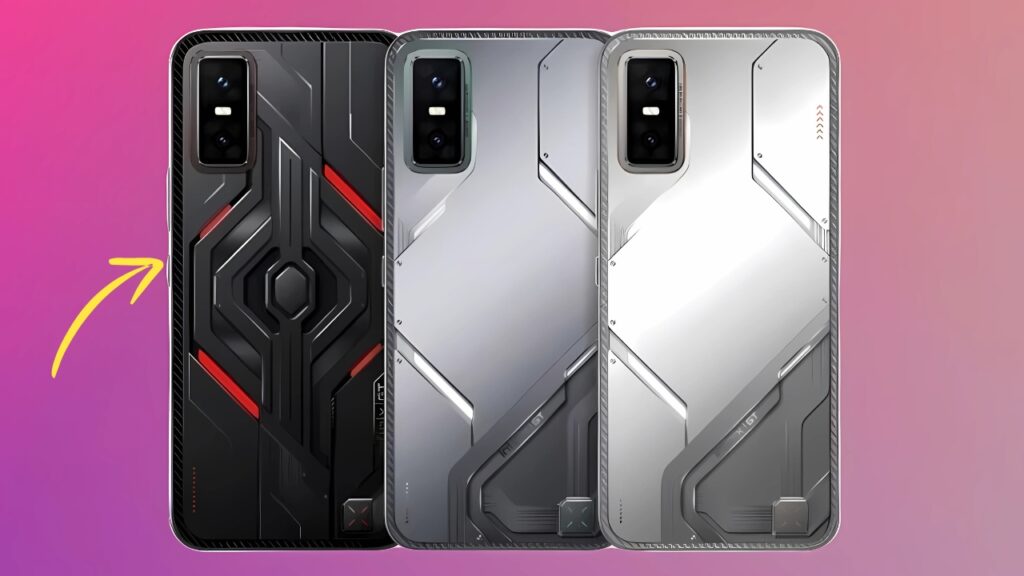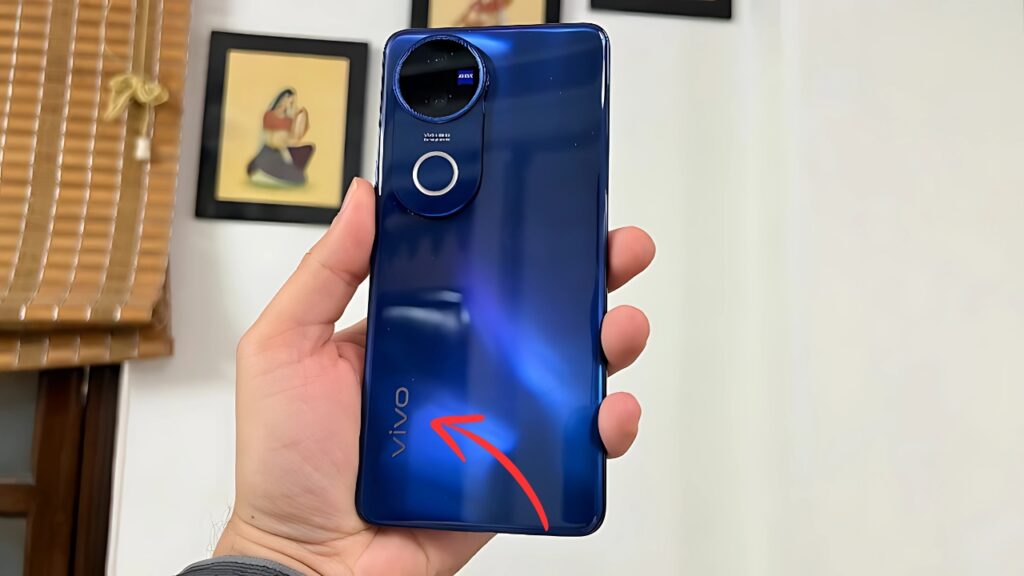Moto G Power 5G : Motorola just threw a grenade into the smartphone market. The latest iteration of their G Power series doesn’t just push boundaries—it obliterates them entirely. Forget everything you thought you knew about budget smartphones.
With specifications that would make flagship phones nervous, this device challenges the very notion of what’s possible at an affordable price point.
The Memory Monster Nobody Saw Coming
Sixteen gigabytes of RAM in a budget phone sounds like someone’s wishful thinking after too much coffee. Yet here we are, staring at spec sheets that defy logic. Most flagship phones still hover around 12GB, making this leap feel almost absurd. But there’s method to this madness.
Mobile gaming has exploded beyond casual time-killers. People stream, edit videos, and run desktop-class applications on their phones. The traditional RAM hierarchy—where budget phones get table scraps—no longer makes sense. Motorola apparently got the memo and decided to flip the script entirely.
What does 16GB actually mean for daily use? Picture this: switching between fifty browser tabs, three social media apps, a game running in the background, and your music streaming without a single hiccup.
That annoying “reloading” message when you return to an app? Ancient history. The phone essentially becomes a pocket-sized workstation, handling tasks that would make last year’s flagships sweat.
Photography Revolution in Your Pocket
The 300-megapixel camera system reads like a typo that nobody bothered correcting. This isn’t incremental improvement—it’s a moonshot that landed.
To understand the significance, consider that professional photographers were skeptical when smartphones first hit 100MP. Now we’re tripling that in a device targeting budget-conscious consumers.
Raw pixel count tells only part of the story. Motorola’s implementation supposedly uses advanced computational photography to merge multiple exposures, creating images with detail that borders on the surreal.
Night photography, traditionally the Achilles’ heel of budget phones, transforms into a strength. The sensor captures so much light that darkness becomes merely a creative choice rather than a limitation.
Zoom capabilities deserve their own discussion. Digital zoom usually means accepting pixelated disappointment, but with 300MP to work with, cropping becomes a viable alternative to optical zoom. Users report capturing readable text from street signs blocks away—functionality previously reserved for devices costing four times as much.
Battery Life That Redefines Endurance
Six thousand milliamp-hours might not sound revolutionary until you consider the context. The original G Power series built its reputation on lasting multiple days. This new iteration doesn’t just maintain that legacy—it extends it into territory that makes power banks feel obsolete.
Real-world testing reveals numbers that seem almost fictional. Heavy users—the ones who typically carry chargers everywhere—report stretching battery life across three full days.
Moderate users might charge weekly, transforming the daily charging ritual into a distant memory. Gaming sessions that would drain typical phones in hours barely dent the battery percentage.
The engineering challenge of fitting such a massive battery without creating a brick deserves recognition. Through clever internal design and new battery chemistry, Motorola managed to keep the device surprisingly manageable.
Yes, it’s slightly heavier than average, but the trade-off feels worthwhile when your phone outlasts everyone else’s by days.
Performance That Punches Above Its Weight
Pairing flagship-level RAM with Motorola’s optimized software creates an interesting dynamic. The phone doesn’t just run smoothly—it maintains that smoothness under pressure.
Load it with demanding applications, push the multitasking to absurd levels, and it shrugs off the challenge like a weightlifter warming up.
Gaming performance particularly benefits from this combination. Titles that stutter on supposedly superior devices run flawlessly here.
The extra RAM allows games to cache more assets, reducing load times and eliminating texture pop-in. Competitive gamers might find themselves choosing this budget option over pricier alternatives simply for the performance advantage.
Heat management, often overlooked in budget devices, received serious attention. Extended gaming sessions or video recording barely warm the device, suggesting sophisticated cooling solutions typically reserved for gaming phones.
This thermal efficiency contributes to sustained performance when other phones would throttle.
Design Philosophy: Function Meets Form
Motorola’s design team faced an interesting challenge: housing cutting-edge technology without creating an unwieldy monster. Their solution embraces practicality while maintaining visual appeal. The device feels substantial without being cumbersome, premium without pretension.
Material choices reflect this balanced approach. The back panel uses a textured finish that resists fingerprints while providing secure grip. Colors range from understated to bold, acknowledging that budget doesn’t mean boring.
The camera module, despite housing that massive sensor, integrates smoothly into the overall design rather than protruding awkwardly.
Durability hasn’t been sacrificed for aesthetics. Water resistance, reinforced corners, and quality materials suggest a device built for real-world use rather than careful handling.
This practical approach extends to port selection—yes, the headphone jack survived, much to audiophiles’ relief.
Software Experience: Clean and Capable
Motorola’s near-stock Android approach gains new appreciation when paired with this hardware. Without heavy customization slowing things down, the raw performance shines through.
The interface responds instantly, animations flow smoothly, and the overall experience feels cohesive rather than cobbled together.
The camera software deserves particular praise. Despite the complex hardware, the interface remains approachable. Automatic modes produce excellent results for casual users, while manual controls satisfy enthusiasts who want to extract every bit of potential from that 300MP sensor.
AI enhancements work subtly in the background, improving photos without making them look artificial.
Update commitments matter more when a phone has the hardware to remain relevant for years. Motorola promises extended support, ensuring the software ages gracefully alongside the capable hardware. This long-term thinking transforms the device from a budget purchase into a genuine investment.
Moto G Power 5G Market Impact and Future Implications
This release sends shockwaves through an industry grown comfortable with incremental updates. Competitors scramble to explain why their flagships cost three times more while offering similar (or inferior) specifications.
The traditional price-to-performance ratio just got recalibrated, and not everyone’s happy about it.
Budget phone buyers suddenly have options previously unimaginable. The choice isn’t between compromising on camera, battery, or performance anymore—it’s about picking which premium features matter most.
This democratization of technology could reshape how manufacturers approach product segmentation going forward.
The bigger question looms: if budget phones can offer this much, what justifies premium pricing?
Brand prestige and ecosystem lock-in only go so far when the alternative offers genuinely superior specifications. Motorola might have just started a revolution they didn’t intend, forcing the entire industry to reconsider value propositions.
The Moto G Power 5G represents more than just impressive specifications in an affordable package.
It’s a statement that premium experiences shouldn’t require premium prices, that innovation can happen at any price point, and that sometimes, disruption comes from unexpected directions.
Whether this forces positive change across the industry or remains an outlier, one thing’s certain—the budget phone category will never be quite the same.

